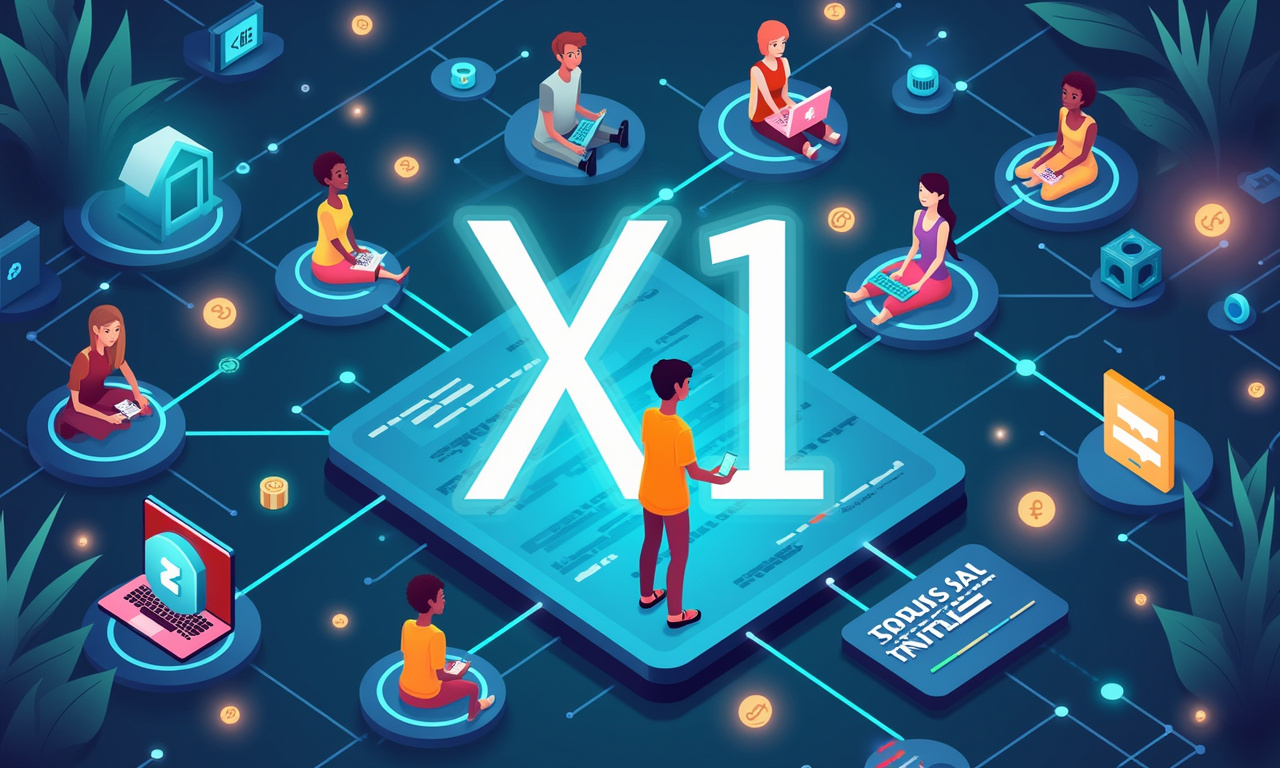Two million users. At least, that’s the headline BlockDAG is yelling from the rooftops about their newly released X1 Miner app. It sounds impressive, doesn't it? A definite sign of mass adoption and a paradigm shift in the way we think about cryptocurrency mining. Let’s tap the brakes for just a moment and dial a little sense back into the discussion. For you see, in crypto the shiny objects tend to lure attention away from the real fundamentals.
Accessibility: Is It Truly Democratized?
BlockDAG’s X1 app claims to democratize mining, placing the power in the hands of regular smartphone users. Fantastic, in theory. Here's where the "unexpected connection" comes in: remember the gold rushes of the 19th century? After all, everybody wanted to get rich quick, but the truth was a little more complicated. The vast majority toiled in the mud for meager returns, while a select few – those who controlled the infrastructure and had access to capital – reaped the real rewards.
Is BlockDAG any different? While the X1 app minimizes the access barriers, it cannot overcome the power dynamics that are built into the system. Clearly, those fortunate enough to have newer, more powerful phones will have a much more efficient mining experience. Let’s be honest, how much BDAG can the average user realistically mine on their smartphone? First, is it a major income stream with real impacts, or is it 20 cents a day? Because if it’s the latter, we’re not democratizing anything, we’re just gamifying the process and creating a warm and fuzzy storyline.
Lastly, I’m not accusing BlockDAG of deliberately trying to hoodwink people. However, the story of “democratized mining” deserves an acute reality check. It's time to ask the tough questions: What is the actual earning potential for the average X1 app user? Does the app drain battery/slow down phone? What are the long-term effects when everyone is mobile mining on the BlockDAG network?
Scalability: Can BlockDAG Handle the Load?
Despite its sharding technology, NEAR Protocol (NEAR) still faces its own scalability challenges. Arbitrum (ARB), even as the most widely adopted Layer-2 solution for Ethereum, is losing its first-mover advantage. Now, BlockDAG enters the fray with the X1 app allegedly leading the charge towards mass adoption. The BlockDAG network has proven to be able to sustainably manage the uptick in transactions caused by 2MM users.
That's the million-dollar question (or perhaps the $333 million-dollar question, given BlockDAG's presale success). We’ve seen great projects flop under the weight of their own newfound fame. As transaction fees skyrocket, their networks stop dead in their tracks. Is BlockDAG different?
The answer, frankly, is maybe. BlockDAG is a technology which merges blockchain and Directed Acyclic Graph (DAG) technologies. We believe this hybrid approach can provide better scalability than blockchains. Technology alone isn't enough. We need more objective metrics and stress tests. Real-world performance metrics are the most important way to show that BlockDAG will be able to truly scale for its rapidly growing user base.
- NEAR: Fast transactions, low fees, but unproven scalability at massive scale. Regulatory hurdles loom.
- ARB: Leveraging Ethereum's security, but facing fierce competition and potential regulatory scrutiny.
- BlockDAG: Promising hybrid technology, but needs to demonstrate real-world scalability under pressure.
Here's where the anxiety kicks in. We’ve been burned on too many projects that promised to deliver the moon and left us with a crater. Will BlockDAG be another one? Or, will it finally deliver on that promise?
Sustainability: More Than Just Greenwashing?
The elephant in the room is sustainability. Crypto mining has been under fire for its massive hellscape energy usage and rightly so. BlockDAG says the X1 app will democratize mining, but how will it make it more sustainable?
Let's be clear: mining on a smartphone isn't going to single-handedly destroy the planet. But having 2 million users all running mining apps 24/7 isn’t an environmentally-neutral phenomenon, either. And that impact needs to be addressed.
Is BlockDAG using energy-efficient algorithms? Are they transitioning to renewable energy to help support their network? Are they doing concrete things to reduce their carbon emissions? Or is this just another case of greenwashing, where a company makes superficial efforts to appear environmentally responsible without actually making meaningful changes?
It’s not enough to just claim “we’re democratizing mining”. The better question to ask should be, “are we finally making mining responsible? If we fail to act today, we’re only making tomorrow’s task that much harder. This will only force a greater crisis on generations to come.
Consider the potential for regulatory scrutiny. As a result, governments around the world have been cracking down on energy-intensive crypto mining. Consequently, BlockDAG needs to show a strong adherence to being environmentally conscious. If it doesn’t at least meet this bare minimum, its future is certainly doomed.
For BlockDAG’s X1 app to reach 2 million users would be an amazing feat indeed. It shouldn’t be seen as a sure deposit receipt of long-term prosperity. The project runs into major scalability, sustainability, and regulatory compliance hurdles.
At the end of the day, BlockDAG’s success or demise rests on its ability to truly accomplish what it promises. To prove that its technology can truly scale, that its mining process is environmentally responsible, and that its project offers genuine value to its users.
Until then, it’s better to be cautiously optimistic about BlockDAG. Don't get caught up in the hype. Do your own research. And don’t forget that in the crypto-verse, the only constant is volatility.
Until then, it's wise to approach BlockDAG with cautious optimism. Don't get caught up in the hype. Do your own research. And remember that in the world of crypto, the only thing that's guaranteed is volatility.




